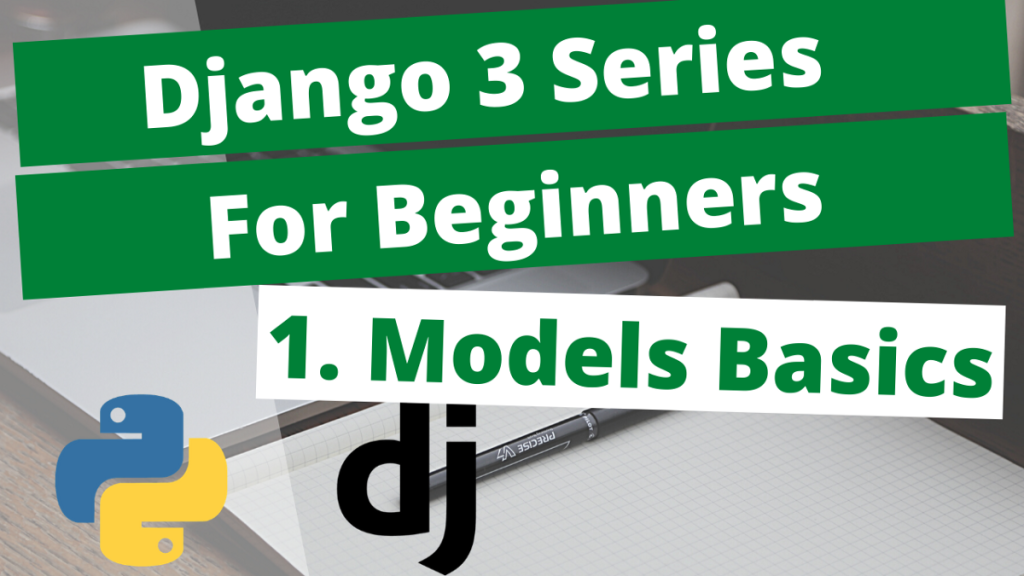MCP vs LangGraph vs LangChain
A practical comparison to help you choose the right toolset for building LLM-powered workflows and agents.
Quick summary
These three names address different layers of the modern LLM application stack:
- MCP (Model Context Protocol) — a protocol/standard for exposing tools, data sources, and capabilities to LLMs in a consistent, schema-driven way.
- LangChain — a popular framework for building prompt chains, retrieval-augmented generation (RAG), and simple agent patterns; great for many single-threaded LLM tasks.
- LangGraph — an orchestration/graph-based engine for building complex, stateful, multi-step workflows and multi-agent coordination.
Side-by-side comparison
| Feature / Role | MCP | LangChain | LangGraph |
|---|---|---|---|
| Primary purpose | Standardize how models call tools & pass context. | Compose prompt chains, RAG, and simple agents. | Orchestrate complex, stateful, long-running workflows/agents. |
| Best for | Systems with many tools needing a common interface. | Quick prototypes, chatbots, RAG setups, simple automations. | Multi-step logic, branching, loops, multi-agent coordination, persistence. |
| Complexity & overhead | Low-medium: requires defining tool schemas and endpoints. | Low: minimal architecture to get started. | High: state management, observability, error handling needed. |
| When to adopt together? | Use MCP to expose tools; orchestrators call those tools via the protocol. | Good starting point; if complexity grows, consider LangGraph + MCP. | Use LangGraph for orchestration and MCP to unify tool interfaces across the graph. |
Three short example use-cases
1) Simple customer support bot
Use LangChain (RAG + prompts). Keep it lightweight: retrieval, prompt templates, answer generation. No heavy orchestration required.
2) Data pipeline orchestrator with AI decisions
Use LangGraph to represent decision nodes (inspect DB, run checks, call transform tools, notify). Use MCP to expose each transform, query, or notifier as a discoverable tool so nodes call them consistently.
3) Platform that must integrate many third-party tools
Adopt MCP early to make future integrations predictable. Start with simple orchestration (LangChain or a lightweight orchestrator) and migrate to LangGraph when you need full workflow control.
A pragmatic decision flow
- Do you have multi-step workflows, branching, or multi-agent needs?
- No → Use LangChain (fast build).
- Yes → Consider LangGraph for orchestration.
- Do you plan to integrate many tools (DBs, microservices, third-party APIs)?
- Yes → Adopt MCP to standardize tool interfaces.
- No → You can start without MCP and add it later.
- Do you want fast iteration or robust long-running flows?
- Fast iteration → LangChain + ad-hoc tools.
- Robust flows → LangGraph + MCP + monitoring.
Mini architecture example
If you want a taste of how they combine, here’s a conceptual flow (pseudo):
# LangGraph orchestrator
Start -> Check DB -> (LLM decides)
-> call MCP tool: /tools/query_db (standard schema)
-> call MCP tool: /tools/transform_csv
-> Persist result -> Notify user
In this setup:
- LangGraph coordinates state, branching and retries.
- MCP defines how each tool is called (input schema, output schema, auth).
- LLMs/agents use those tool schemas to safely call external systems.
Practical tips before you choose
- Start small: prove the user-facing value with LangChain or direct LLM prompts before investing in orchestration.
- Define tool boundaries: even if you skip MCP initially, design your tools with consistent input/output contracts so adoption later is easier.
- Observe and iterate: add logging, metrics, and a cheap state store early — these pay off as workflows grow.
- Hybrid approach: most teams end up using a mix: LangChain for simple services, LangGraph for complex flows, MCP as the tool interface layer.


